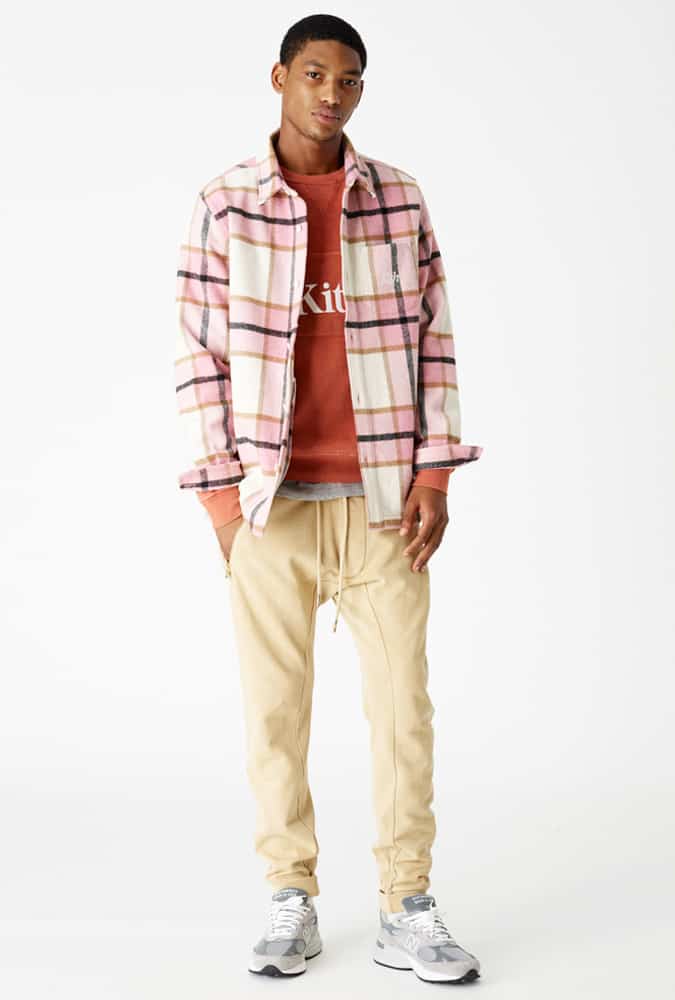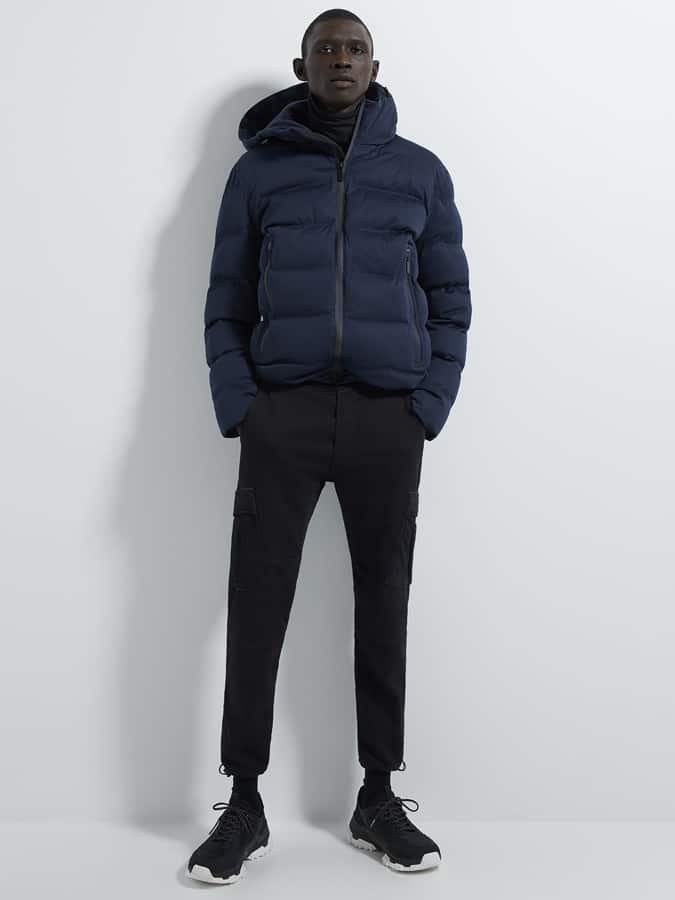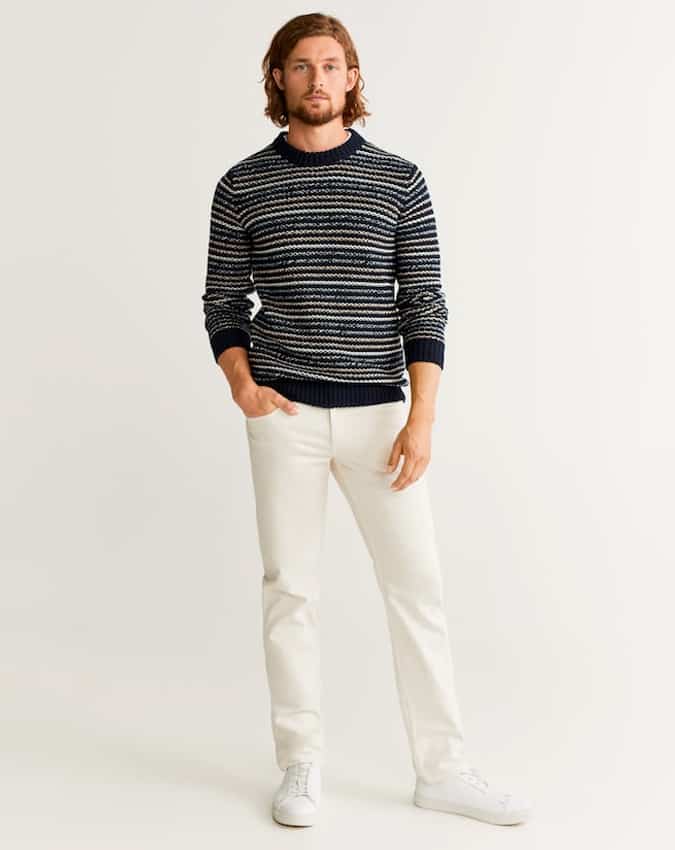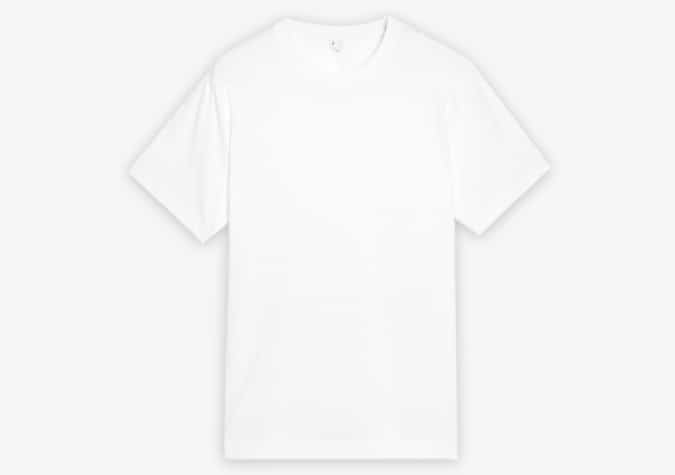The New Suit: Why Tailoring Will Never Be The Same Again
Once, the very word ‘suit’ was a term of derision. To be called a suit meant being perceived as some grey-clad cog in a corporate machine. Outside of work, men have long worn clothes that were more creative and comfortable than the old, buttoned-up office uniform. Suits, once a sign of professionalism, dependability and, well, money, became visual shorthand for somebody with no imagination. When men’s dress codes collapsed in recent years, the suit seemed to lose its place altogether, weddings and funerals aside – and even that wasn’t for sure.
Now the suit is back – but it’s bolder and (in some cases literally) bigger than ever, embracing new shapes and shades, fabrics and fits. It’s taken its cue from a decade or more of street and sportswear-oriented dressing down and is driving new, more distinctive, less codified ways of dressing up. And, if you believe those in the fashion world, this isn’t just a passing trend before we all go back to dressing like bankers for the 9-to-5. It’s the suit re-defined for the 21st century.
Why The Suit Is Coming Back
For many men, a suit is what was worn to work. It’s about conformity and bureaucracy, so it came to symbolise work, too. These days there are new ideas of smartness in the workplace. So-called white-collar workers can wear hoodies in many businesses and even banks and law firm have softened their old rules around tailoring. The suit looked to be losing its place in society for all but the most formal of occasions, especially as casual dress now favours more streetwear-driven style over tailoring. It may have looked as though the suit was more or less doomed.
“The suit entered this period of mediocrity, of homogeneity that saw it fall from grace,” as John Harrison, creative director of Gieves & Hawkes, explains. “It just didn’t seem to have any reason [to exist], especially with men more free to wear good casual separates or sports-driven pieces even in the workplace”.



















